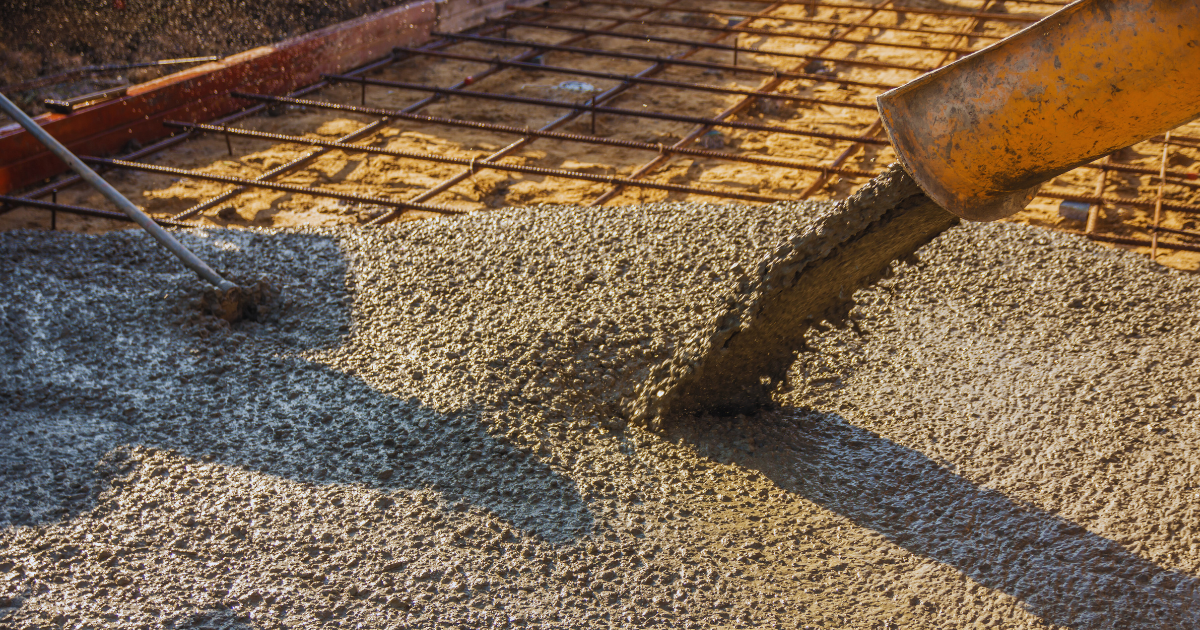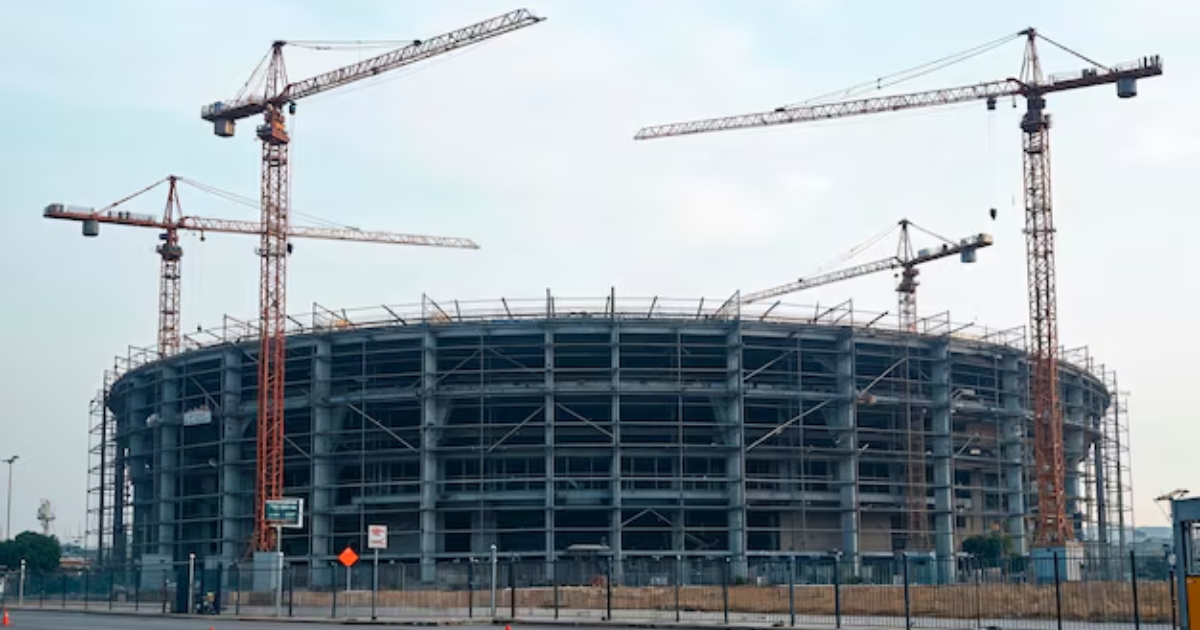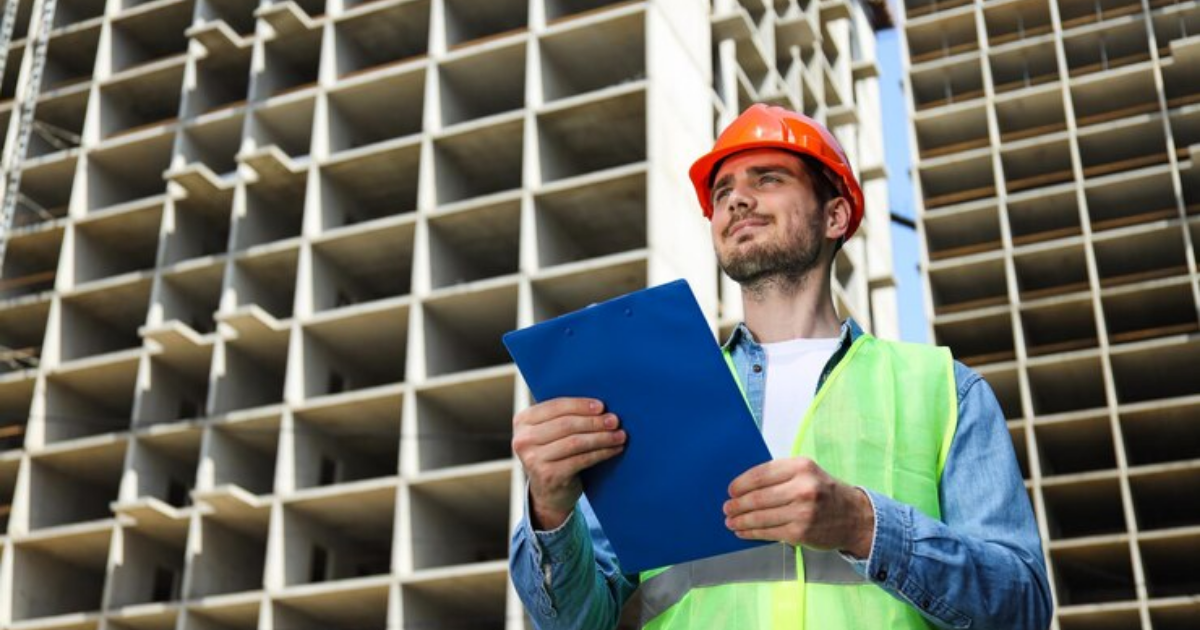In the construction industry, the need for robust, deep foundation systems is paramount, particularly in large-scale infrastructure projects. One such solution is the use of diaphragm walls. These walls provide structural support for deep excavations, making them essential in the construction of tunnels, basements, and high-rise buildings. The versatility and effectiveness of diaphragm walls have made them a popular choice in complex engineering projects, enabling the creation of durable foundations that can withstand the stresses of large-scale construction.
This blog will explore how diaphragm walls support large-scale infrastructure projects, their benefits, applications, and why they are crucial in modern construction.
What Are Diaphragm Walls?
Diaphragm walls are reinforced concrete walls built deep into the ground to support excavations or provide groundwater control. Typically constructed using a trench excavation method, these walls can be either temporary or permanent, depending on the project requirements. The construction process involves excavating a trench, reinforcing it with steel cages, and then pouring concrete into the trench to form the wall.
They are known for their ability to support deep excavations while minimizing the displacement of surrounding structures. This feature makes them ideal for urban environments where construction often takes place near existing buildings and infrastructure.
Importance of Diaphragm Walls in Large-Scale Infrastructure Projects
Large-scale infrastructure projects, such as metro tunnels, bridges, and underground parking lots, often require deep excavations. Diaphragm walls are crucial in these projects for several reasons:
Structural Support: One of the primary functions of diaphragm walls is to provide structural support for deep excavations. By forming a continuous, vertical barrier, these walls prevent soil from collapsing into the excavation site, ensuring the stability of the structure during construction.
Groundwater Control: In many large-scale projects, controlling groundwater levels is essential to prevent flooding and ensure the integrity of the foundation. Diaphragm walls serve as effective groundwater barriers, keeping water from seeping into the excavation site. This is particularly important in projects like underground railways or tunnels, where water intrusion can be a significant problem.
Minimal Ground Movement: Diaphragm walls are designed to reduce ground movement during excavation, which is vital in urban areas. The movement of soil around an excavation site can cause damage to adjacent buildings or structures. By minimizing displacement, diaphragm walls help to protect nearby properties.
Flexibility in Design: These walls can be designed to suit various shapes and sizes, making them suitable for a wide range of infrastructure projects. Whether it’s a curved tunnel or a straight foundation, diaphragm walls can be customized to fit the project’s specific needs.
Permanent and Temporary Solutions: Depending on the project, diaphragm walls can serve as either permanent retaining walls or temporary support during construction. In some cases, they may even become part of the final structure, reducing the need for additional materials and costs.
Applications of Diaphragm Walls in Large-Scale Projects
Diaphragm walls are used in a variety of large-scale infrastructure projects, each with its unique set of challenges. Some common applications include:
1. Tunnels
In the construction of tunnels for roadways, railways, or subways, diaphragm walls provide essential support during the excavation process. The walls form a barrier that prevents soil from collapsing into the tunnel, ensuring safe construction and stability.
2. Basements and Underground Structures
Large-scale projects, such as shopping malls, office buildings, and residential complexes, often require deep basements or underground parking lots. Diaphragm walls are used to support these deep excavations, providing a sturdy foundation and preventing soil collapse.
3. Bridges and Dams
In the construction of bridges and dams, diaphragm walls help to create strong foundations that can withstand heavy loads and pressure from water. These walls are often used in conjunction with other deep foundation techniques, such as piling, to ensure long-term stability.
4. Marine Structures
Coastal infrastructure projects, such as ports, harbors, and offshore platforms, require deep excavations in water-saturated environments. Diaphragm walls act as effective barriers against water and provide structural support, making them an ideal solution for marine construction projects.
5. Power Plants
In large-scale energy infrastructure projects, including nuclear or thermal power plants, diaphragm walls are used to support deep foundations and ensure that the site remains stable. These walls help to protect against soil movement and groundwater intrusion, which can be particularly important in seismic zones.
Key Benefits of Diaphragm Walls in Infrastructure Projects
Using diaphragm walls in large-scale infrastructure projects offers numerous advantages, from enhanced safety to cost-effectiveness. Some of the key benefits include:
1. Strength and Durability
Diaphragm walls are made of reinforced concrete, making them incredibly strong and durable. They can withstand immense pressure from both soil and water, ensuring the long-term stability of the project. This is especially important in projects that require deep foundations or are located in challenging environments, such as near water bodies or in earthquake-prone areas.
2. Reduced Construction Time
The construction of diaphragm walls is relatively quick compared to other deep foundation methods. This reduces overall project timelines, which is a significant advantage for large-scale infrastructure projects that are often on tight schedules. Additionally, because diaphragm walls can be constructed with minimal disruption to the surrounding area, they are ideal for projects in busy urban settings.
3. Cost Efficiency
Although the initial cost of constructing diaphragm walls may be higher than other foundation methods, the long-term savings are considerable. These walls often eliminate the need for additional support systems, reducing the overall material and labor costs. Additionally, their durability minimizes maintenance costs over time.
4. Environmental Protection
In projects that require groundwater control, diaphragm walls can be an environmentally friendly option. By preventing water seepage, these walls reduce the need for continuous pumping of groundwater, which can help to preserve natural water levels and reduce the environmental impact of the construction.
5. Flexibility for Future Expansion
Diaphragm walls can be designed to accommodate future expansions of the project. For example, in the construction of metro systems, the walls may be left in place as permanent structures, allowing for future extensions of tunnels or underground stations without the need for additional excavation.
How to Mitigate Challenges in Diaphragm Wall Construction
While they offer numerous benefits, there are also challenges associated with their construction, particularly in large-scale infrastructure projects. Some common challenges include soil instability, groundwater management, and precision in excavation. However, these challenges can be mitigated through careful planning and advanced construction techniques.
Site Investigation: A thorough site investigation is critical to understanding the soil and groundwater conditions. This allows engineers to design the diaphragm wall accordingly and anticipate any challenges that may arise during construction.
Advanced Excavation Techniques: Using modern excavation equipment and techniques, such as trench cutters, ensures that the excavation for diaphragm walls is precise and efficient. These tools help to minimize disruption to the surrounding area and prevent soil collapse.
Monitoring Systems: Continuous monitoring of groundwater levels, soil movement, and structural integrity during the construction process is essential. By implementing real-time monitoring systems, potential issues can be identified and addressed before they become critical.
Skilled Workforce: The construction of diaphragm walls requires specialized skills and experience. Ensuring that the construction team is well-trained in deep excavation techniques and quality control measures will help to ensure the success of the project.
Conclusion
Diaphragm walls play a crucial role in supporting large-scale infrastructure projects by providing structural stability, groundwater control, and reduced environmental impact. Their strength, flexibility, and cost-effectiveness make them an ideal solution for a wide range of construction needs, from tunnels and basements to bridges and marine structures.
As infrastructure projects continue to grow in size and complexity, the demand for reliable foundation systems like diaphragm walls will only increase. By understanding the benefits and challenges associated with diaphragm wall construction, project managers and engineers can ensure the success of their projects and contribute to the development of sustainable, long-lasting infrastructure.







